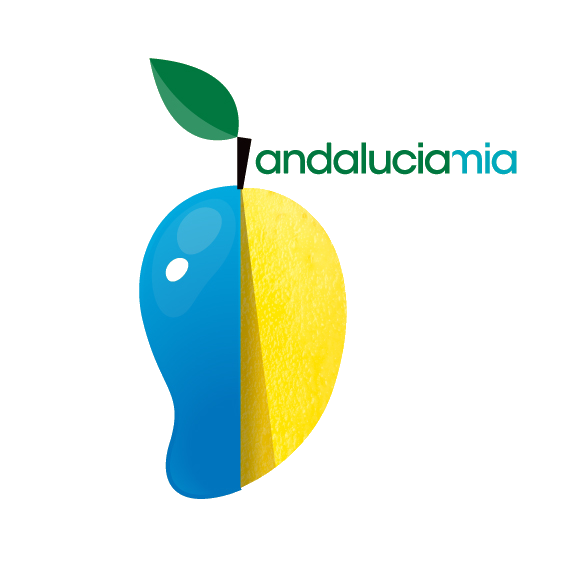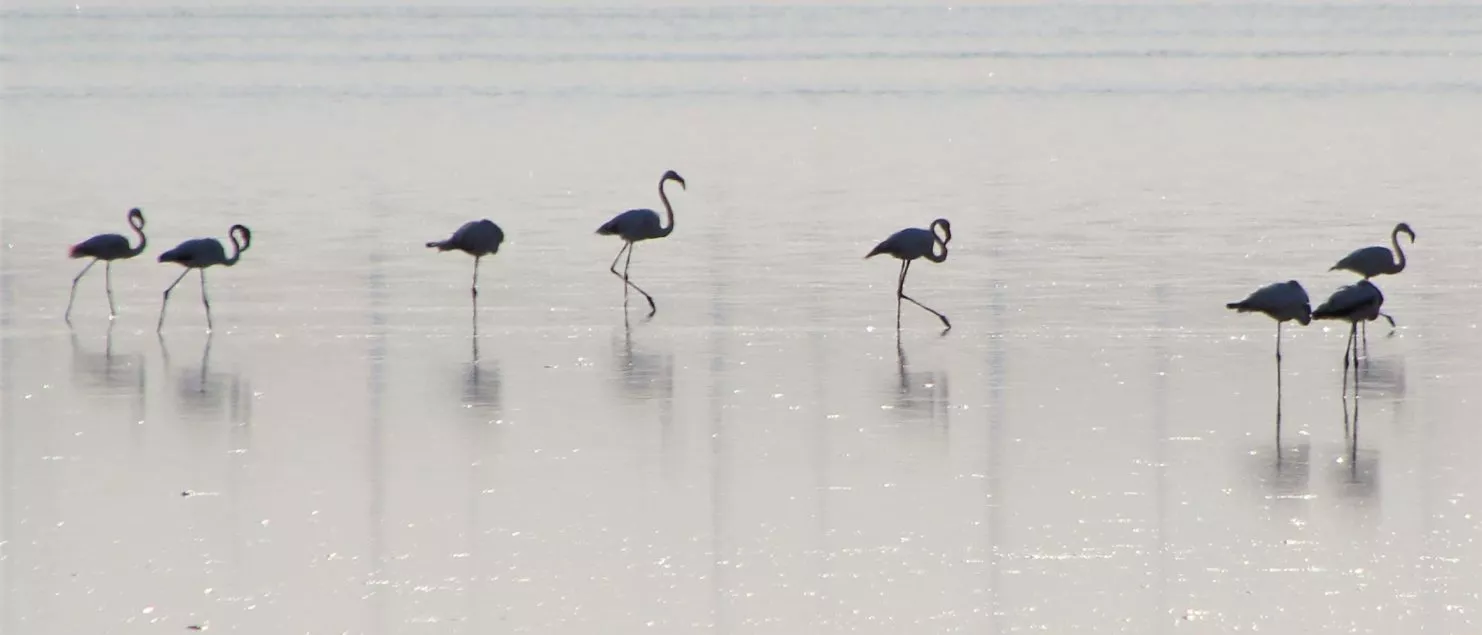Fuente de Piedra what to see in this incredible marsh
The Fuente de Piedra marsh: a paradise for nature lovers and flamingos
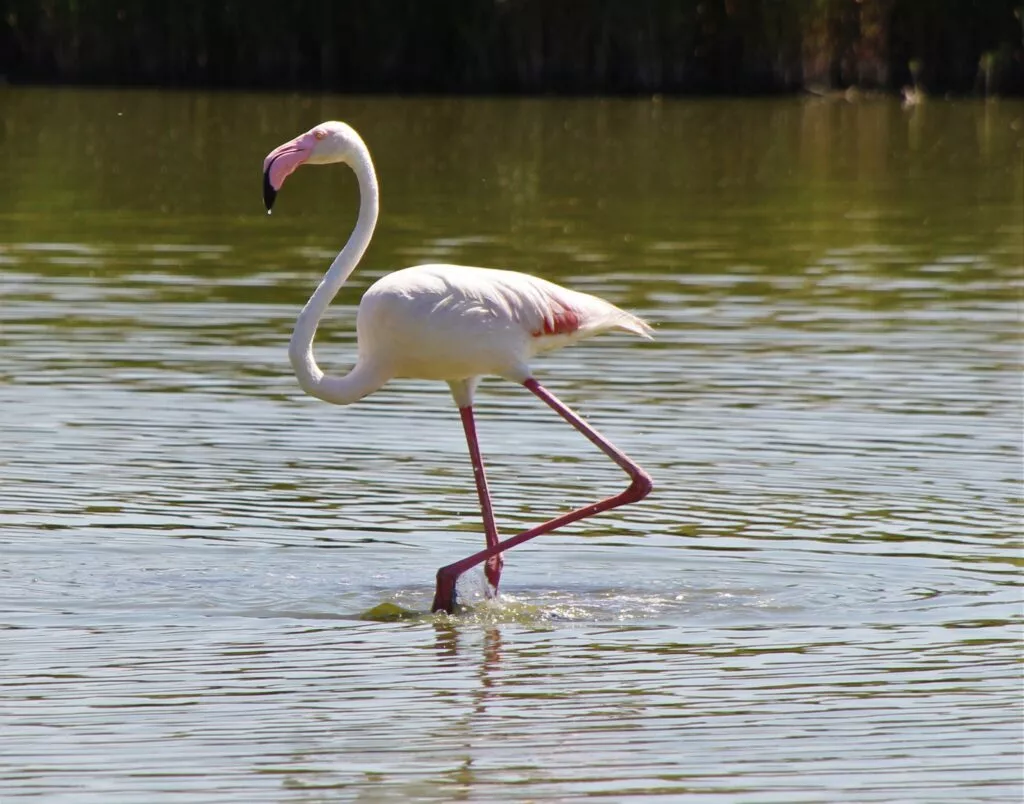
What can you see in the Fuente de Piedra marsh?
- Overview of the laguna Fuente de Piedra
- The characteristics and history of the lake
- Fuente de Piedra and the flamingos
- The fauna and flora of Fuente de Piedra
- The type of vegetation in the Fuente de Piedra marsh
- The marsh and man and the return to nature
- Walking and hiking
- Geographical location of Fuente de Piedra
- Where to sleep near Fuente de Piedra
- What to see around Fuente de Piedra
- Some useful links (car rental, other ideas for visits)
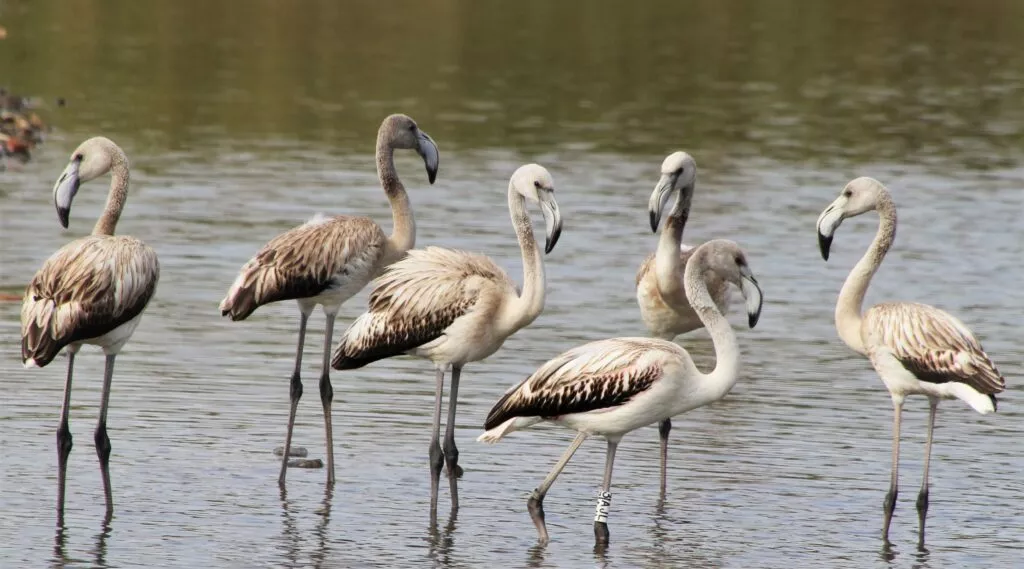
Overview of the laguna Fuente de Piedra
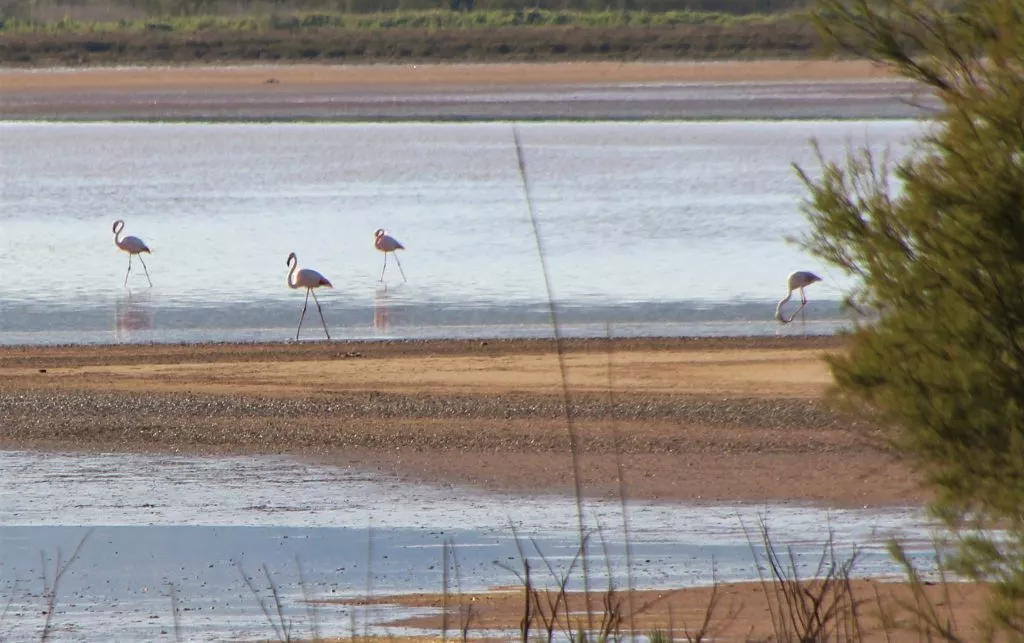
The Fuente de Piedra site, attached to the village of the same name, has been a nature reserve since the 1990s. It is home to the largest colony of flamingos in the whole of the Iberian Peninsula. It is the second most important marsh in the western Mediterranean, after the Camargue in the south of France.
The characteristics and history of the lagoon
After being used to harvest salt for almost 2000 years, the lagoon was declared a nature reserve at the end of the last century.
This “lagoon” is a wetland located in the centre of Andalucia (just outside Antequera), in the province of Malaga. It is the largest lake in Andalucia and also the largest lagoon with 1400 hectares.
This lake – and dry basin – is supplied with water in three ways:
- rainwater,
- 4 streams: Santillán, El Humilladero, Arenales, and the Mari Fernández stream
- an aquifer (groundwater)
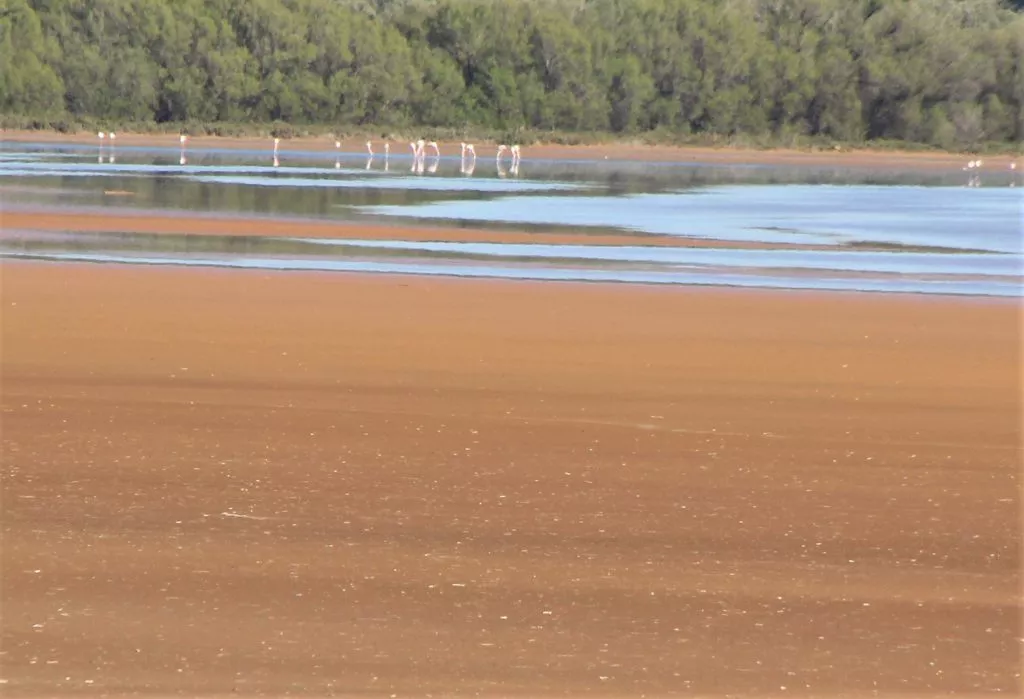
Its waters are saline and shallow. The waters are saline because the water that arrives in this marsh does not flow anywhere else to reach a sea or an ocean. Therefore it becomes loaded with mineral salt over time.
The water only disappears by evaporation, depending on the season, leaving only an expanse of salt, a salar.
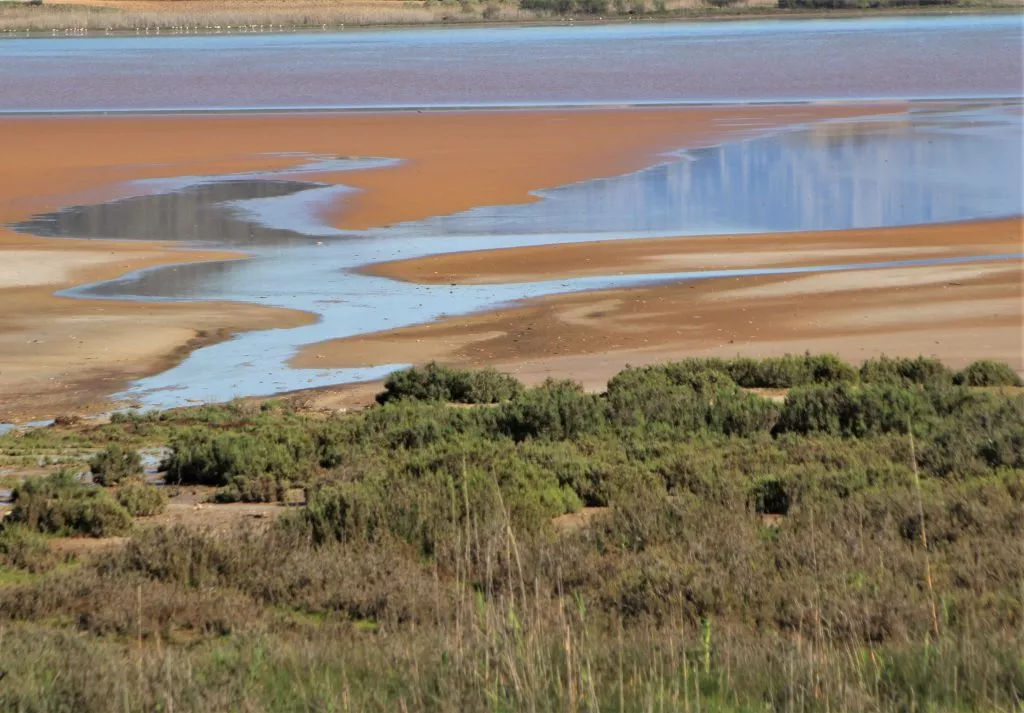
Fuente de Piedra and the pink flamingos
The marsh is a major nesting site for the pink flamingo (Phoenicopterus roseus).
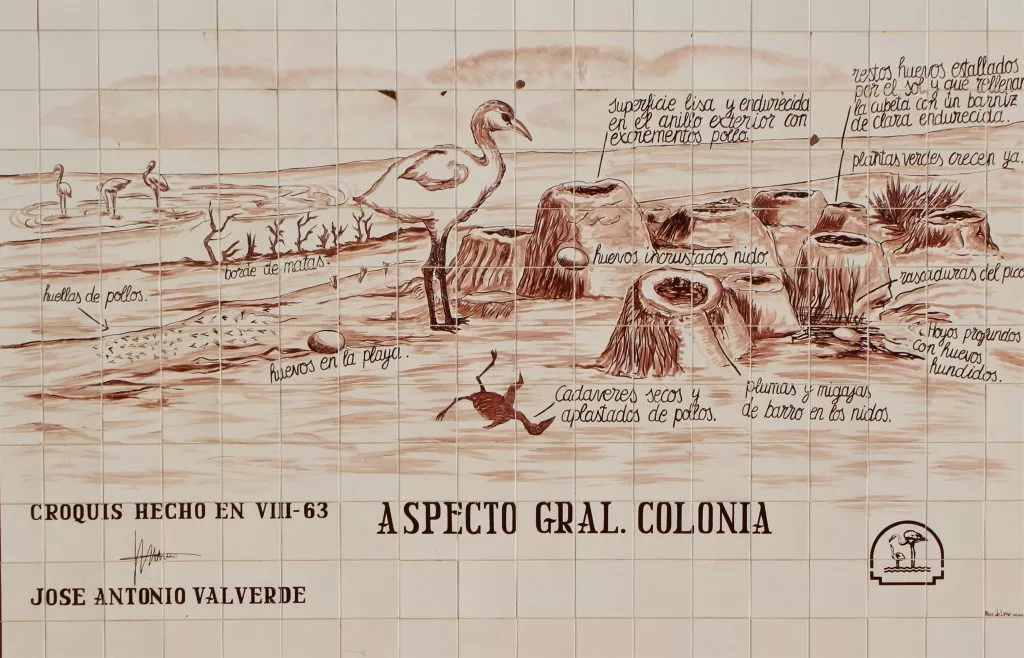
This colony of flamingos spends the winter in Morocco either in the mouth of the Muluya River, in the coastal lagoon of the Mar Chica or in the Souss-Massa National Park.
In rainy years, up to 20,000 pairs of flamingos have been recorded.
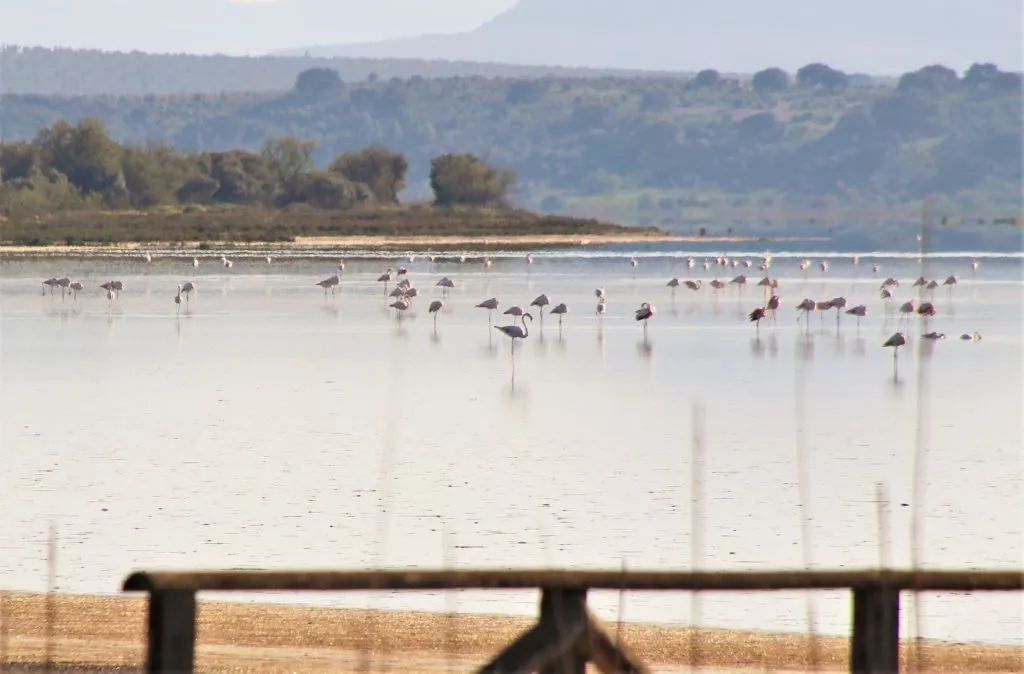
The fauna and flora of Fuente de Piedra
This site is exceptionally important for a large number of bird species, which use it as a resting place during migration but also as a nesting place.
The lagoon is classified by the European Union as a special protection area for birds (SPA).
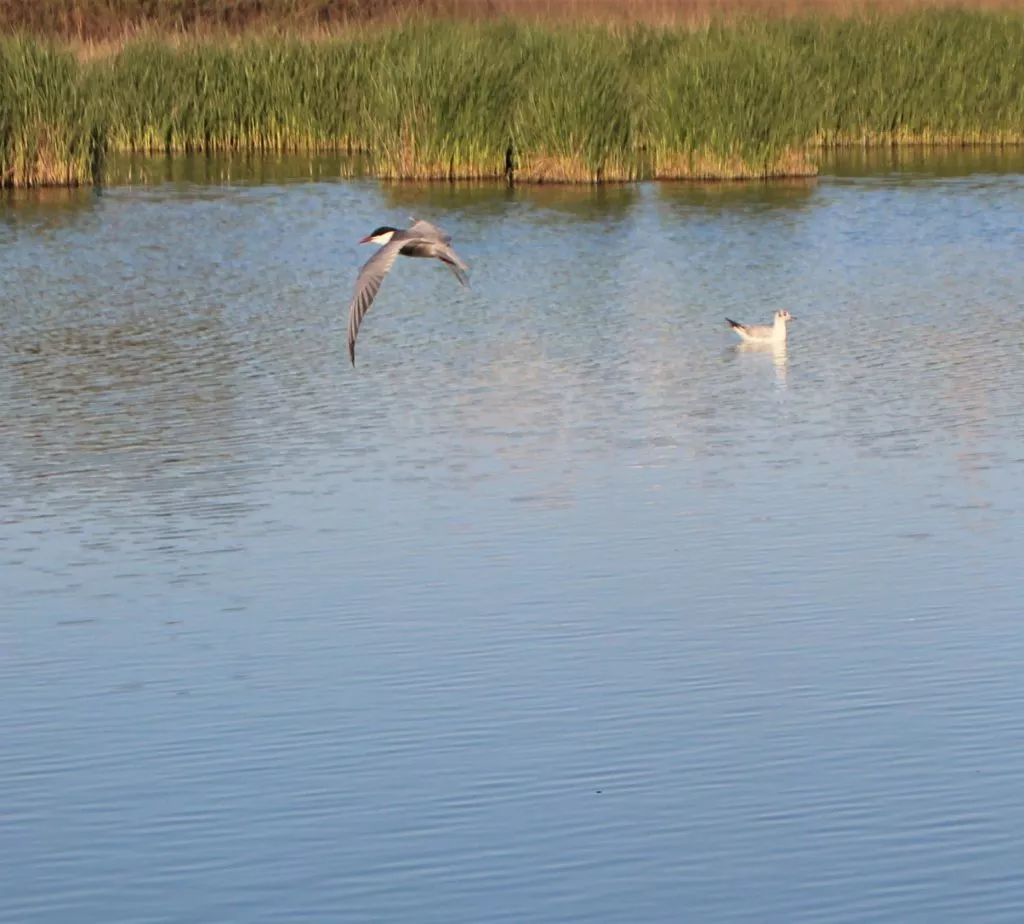
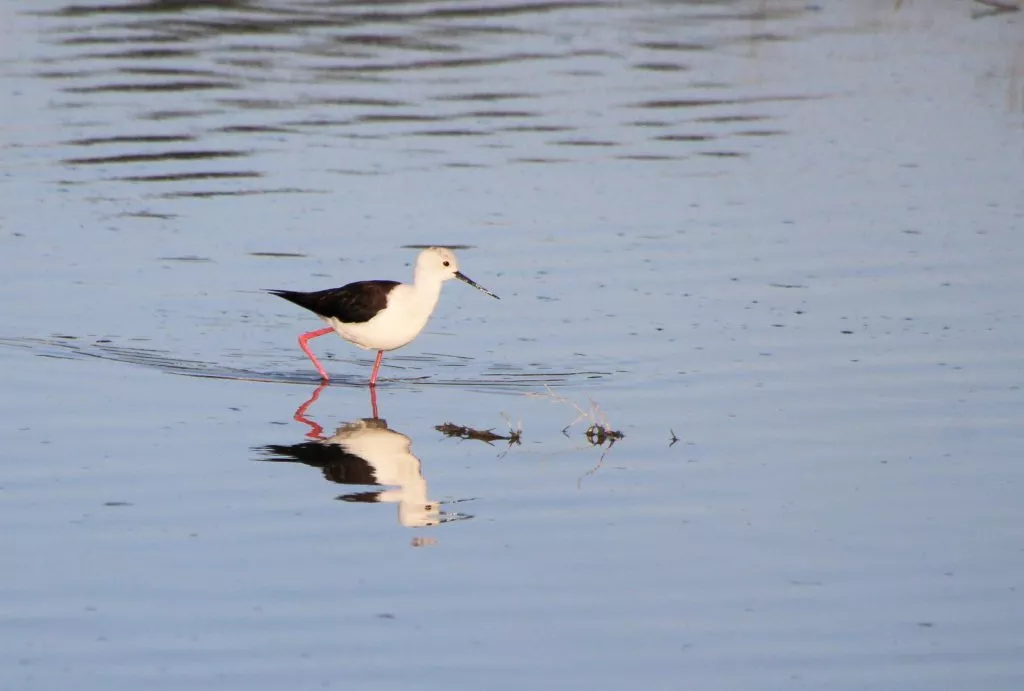
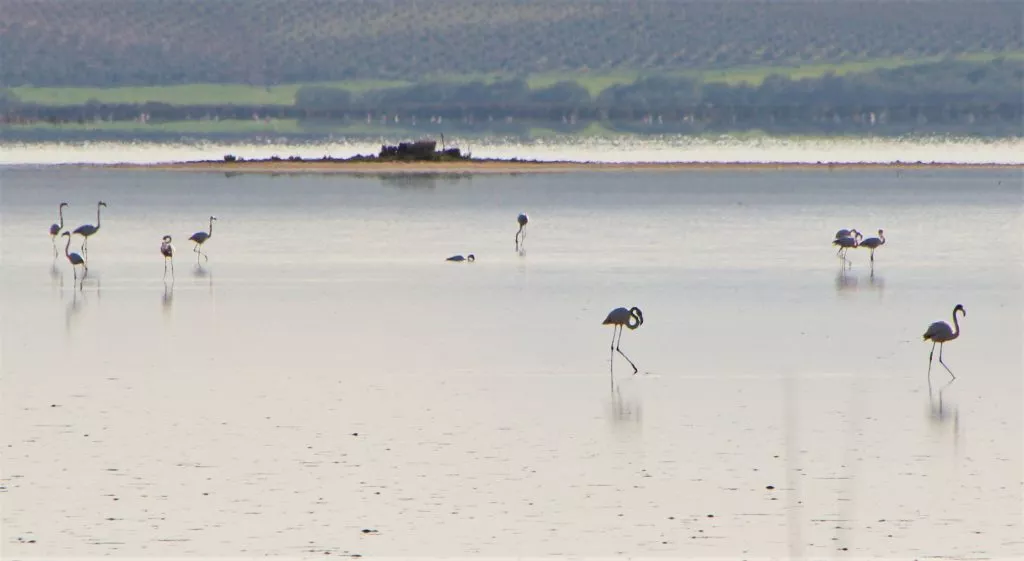
The marsh is frequented by 130 species of birds, including a number of birds of prey and waders (birds that live in the marshes and have long legs).
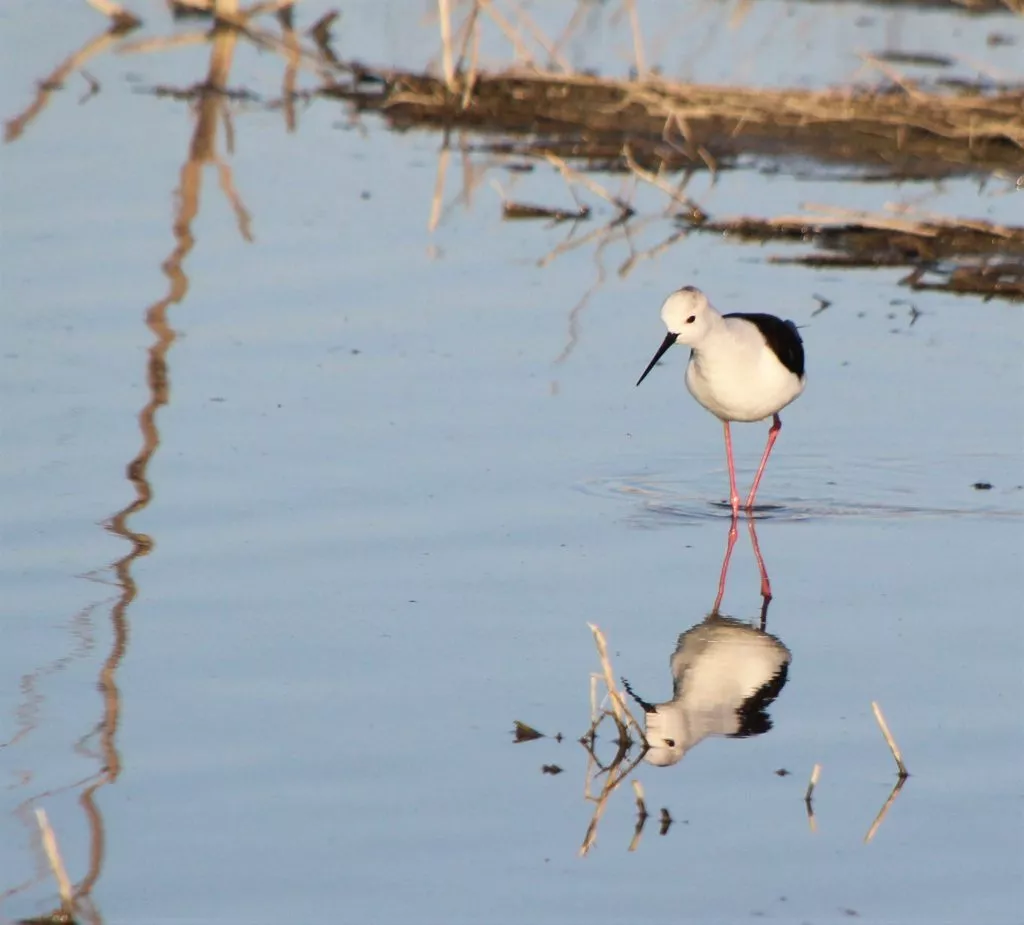
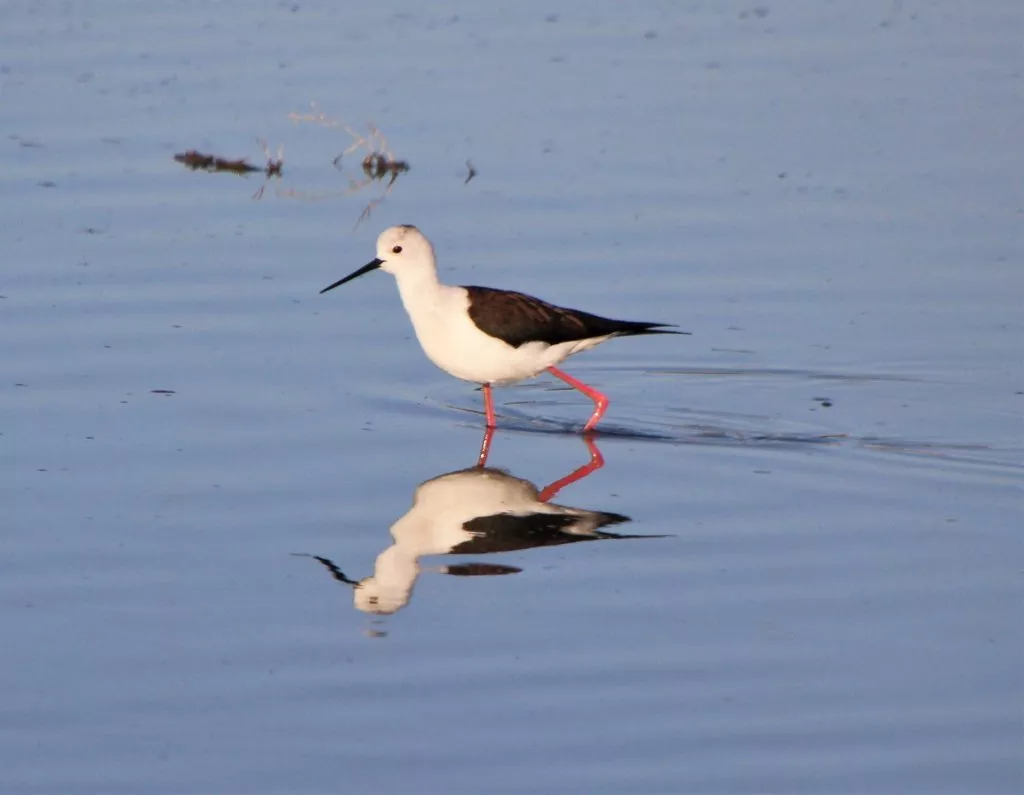
These are mainly water birds, such as the grey heron, the black-headed gull or the black-billed gull,
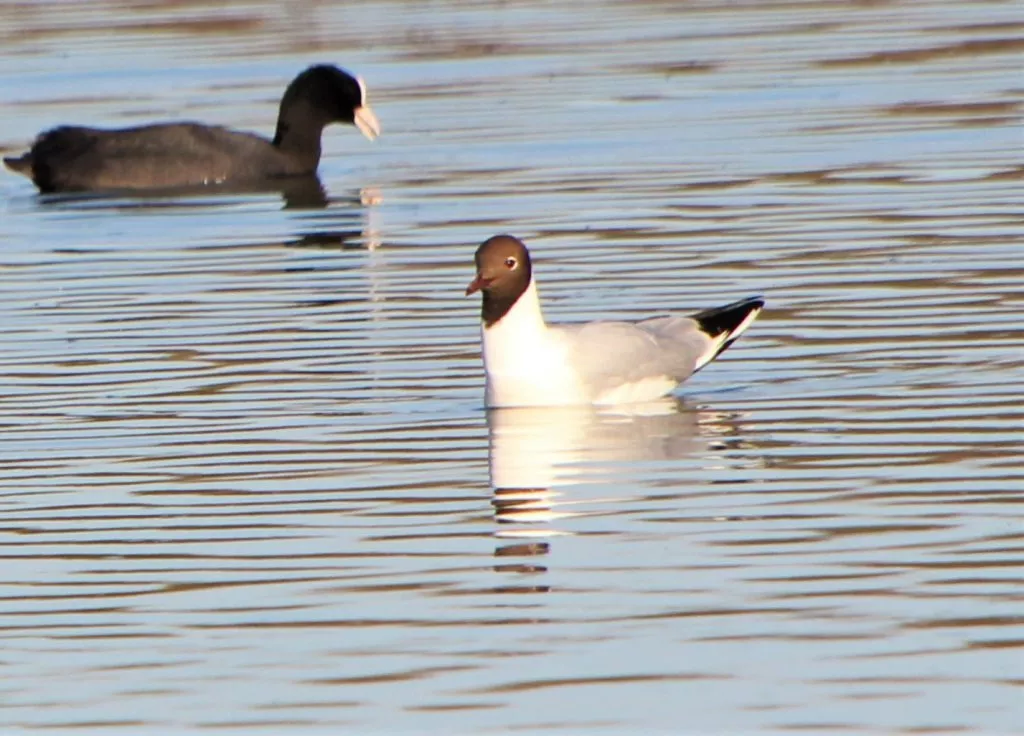
the slender-billed gull, the stork,
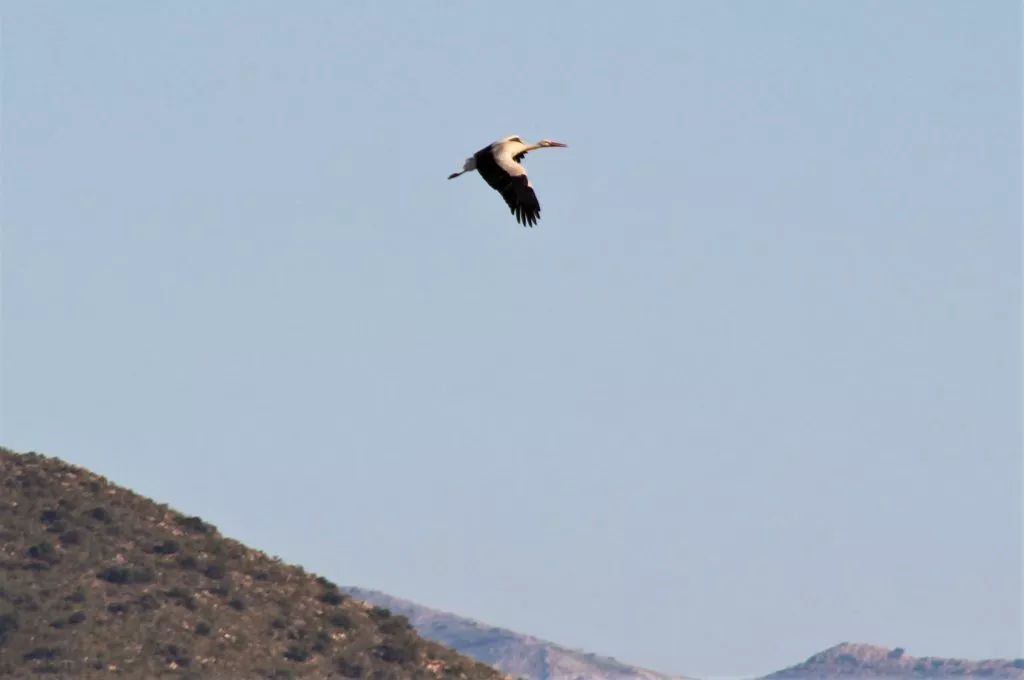
crane, and greylag goose, as well as various species of ducks.
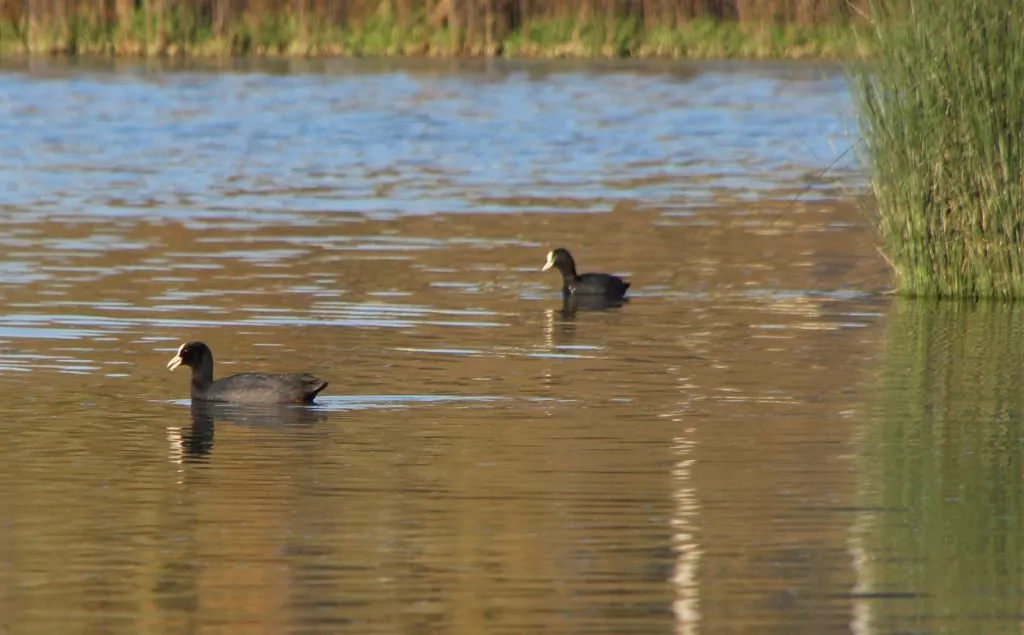
A total of 213 animal species from the amphibian, reptile, bird and mammal families can be encountered.
However, amphibians and aquatic reptiles are very limited in the nature reserve due to the high salinity levels of the water.
In contrast, it is impossible not to see rabbits because there are so many all around the lagoon!
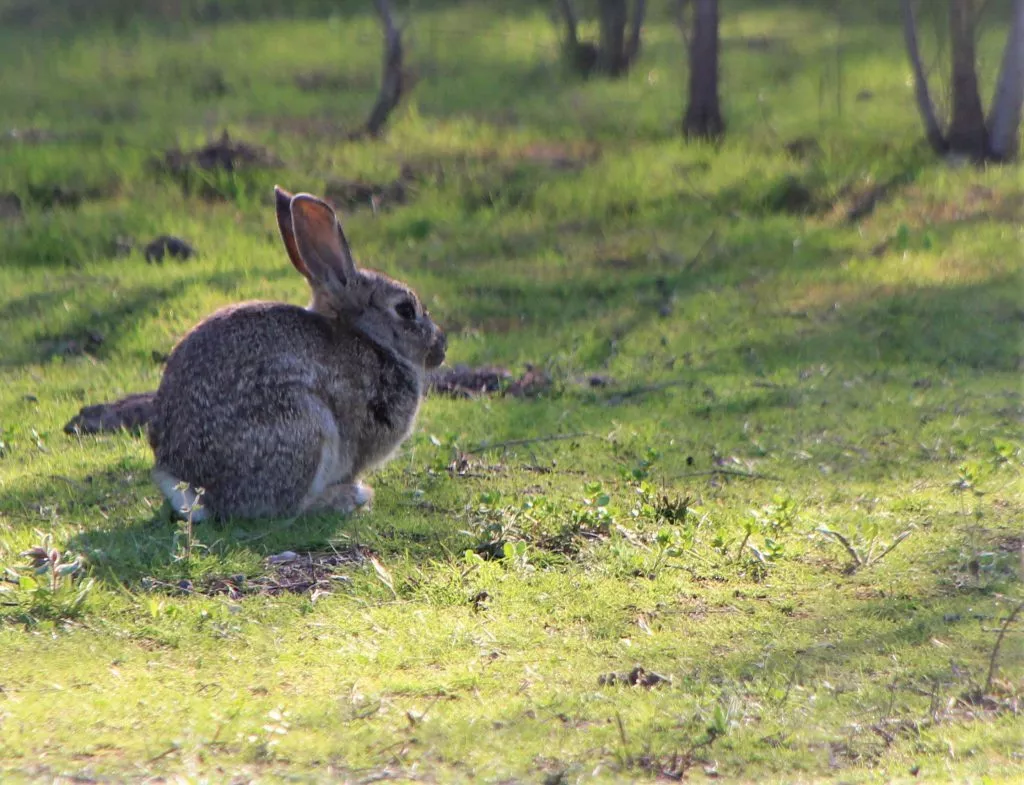
The type of vegetation in the Fuente de Piedra lagoon
The vegetation in the marsh is known as halophilic vegetation. This means that it is adapted to saline soils. Species such as the reed and the broom reed can be observed,
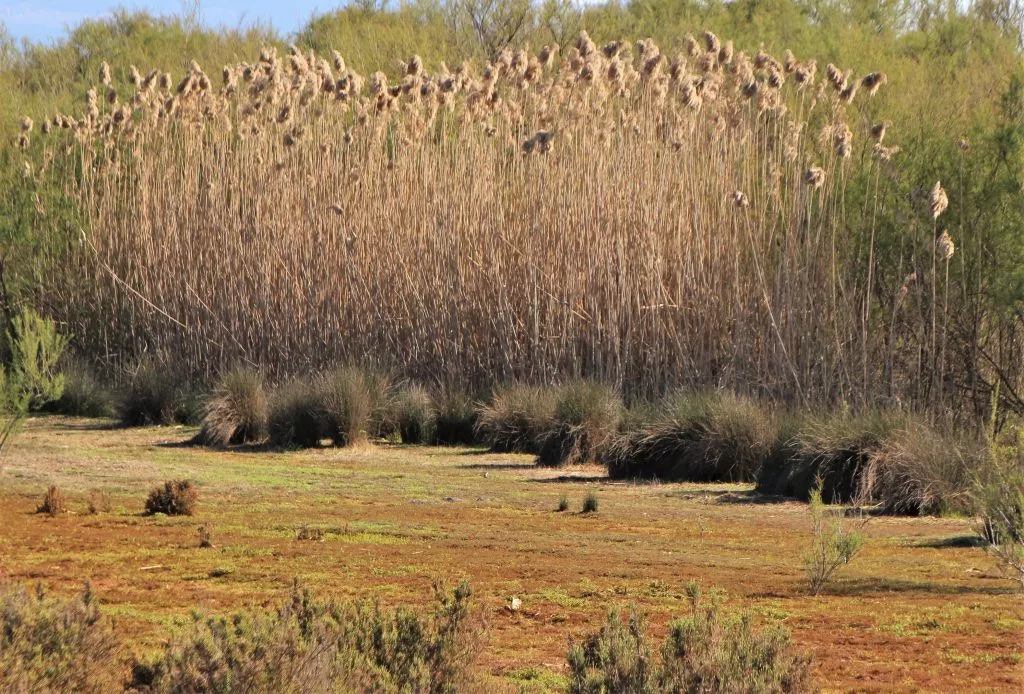
and tamarisk, oleander and rush can be observed.
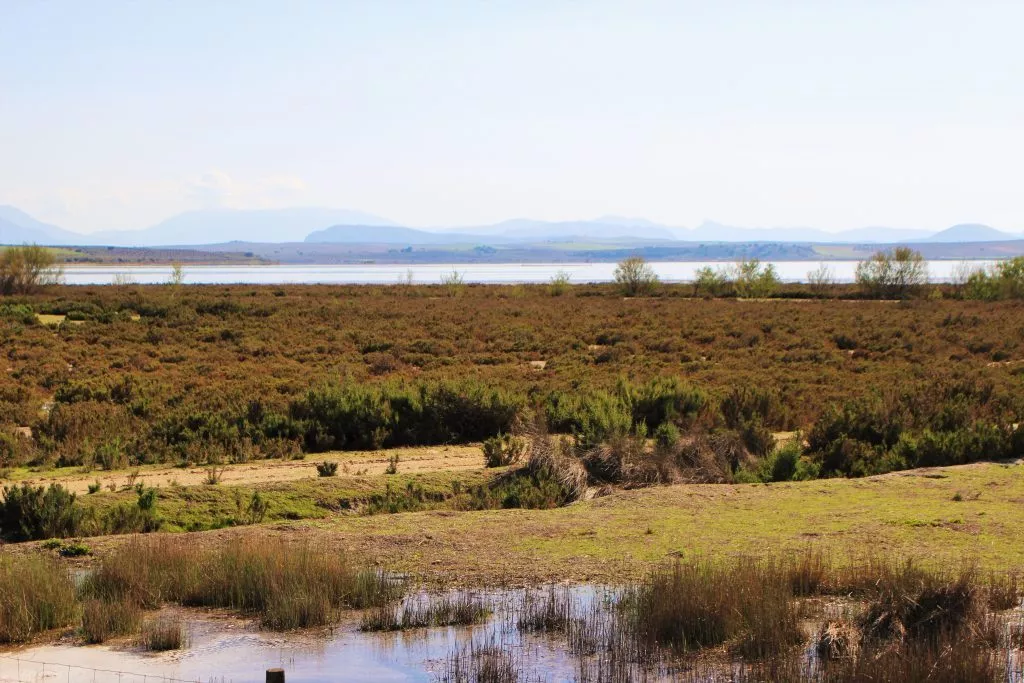
The marsh and man and the return to nature
The area around the marsh has been inhabited since prehistoric times. Several remains corresponding to the Upper Paleolithic period have been found. These lands have been permanently inhabited since the Iberians, who established commercial contacts with the Phoenicians and Carthaginians.
Later the Romans settled on the site at the eponymous village. The Romans had installed a fountain in the village after discovering a water source with beneficial properties. Fuente de Piedra’s name comes from the name given to this water source by the Romans: “Fons divinus”, divine fountain.
The exploitation of the lagoon by man began in Roman times, when salt was harvested. This activity continued until the 1950s. For almost 2000 years, in the spring, once the water had evaporated, the salt crystallised on the surface was harvested.
To facilitate its exploitation, various structures were built to promote irrigation and evaporation.
It is curious to note that the traces of these canals, which favoured the sedimentation of the salt, can still be seen today. These same dykes are now used as nesting sites for many species of birds!
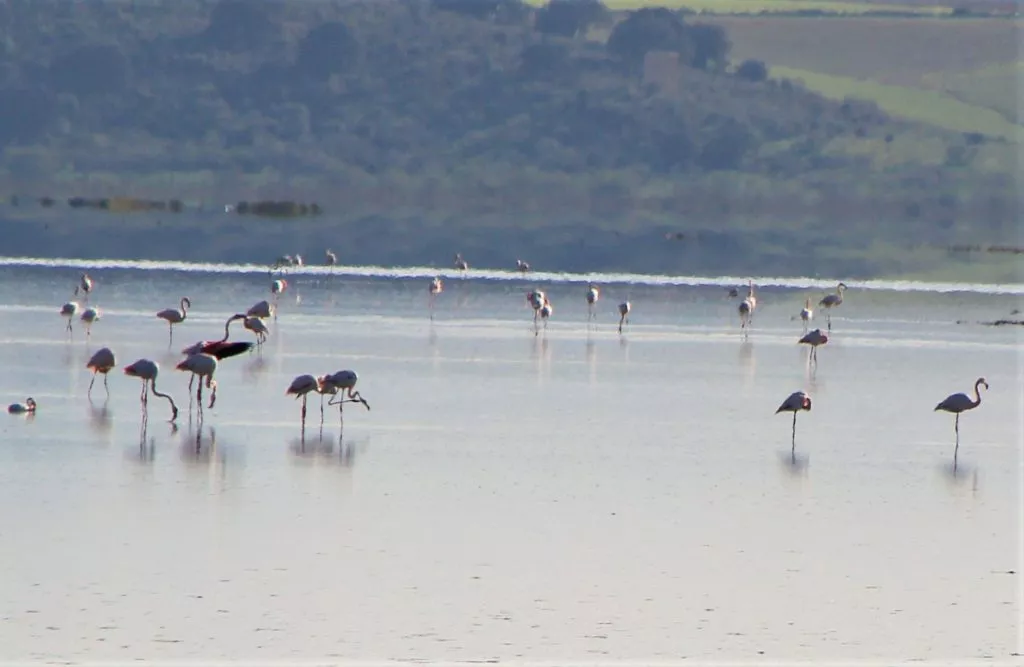
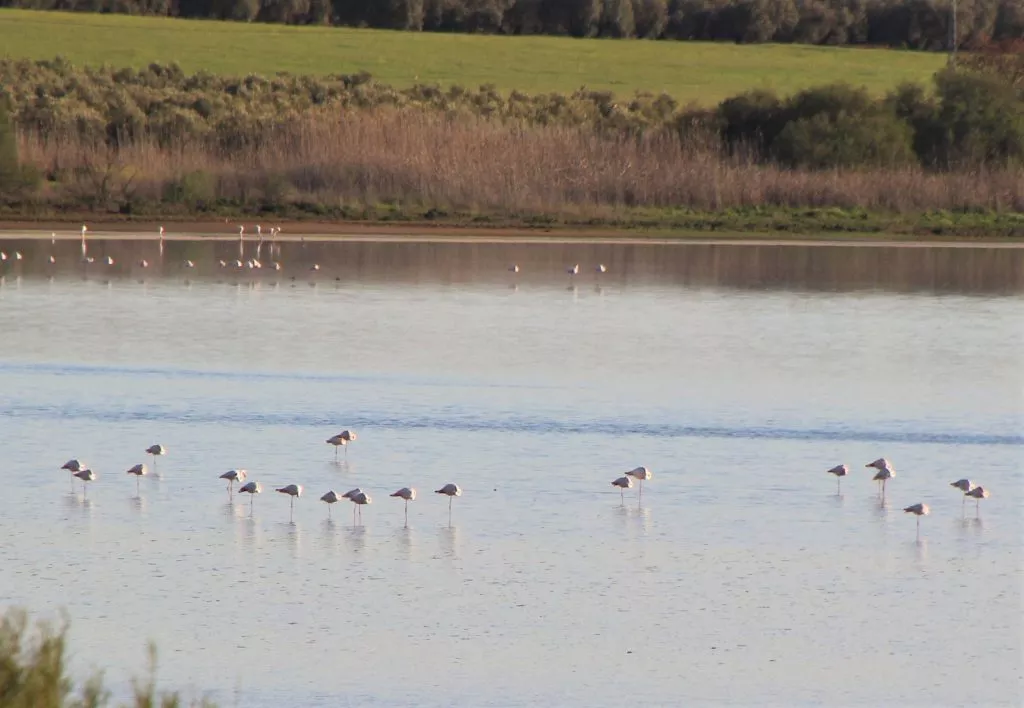
Walking in the marsh:
Just a few metres from the parking area at the entrance, there is the Cerro Palo viewpoint, from which you can observe the most complete panorama of the lagoon-marsh. Then there is another path, well signposted, which will take you to two small lagoons called “El Laguneto” and “Cantarranas.
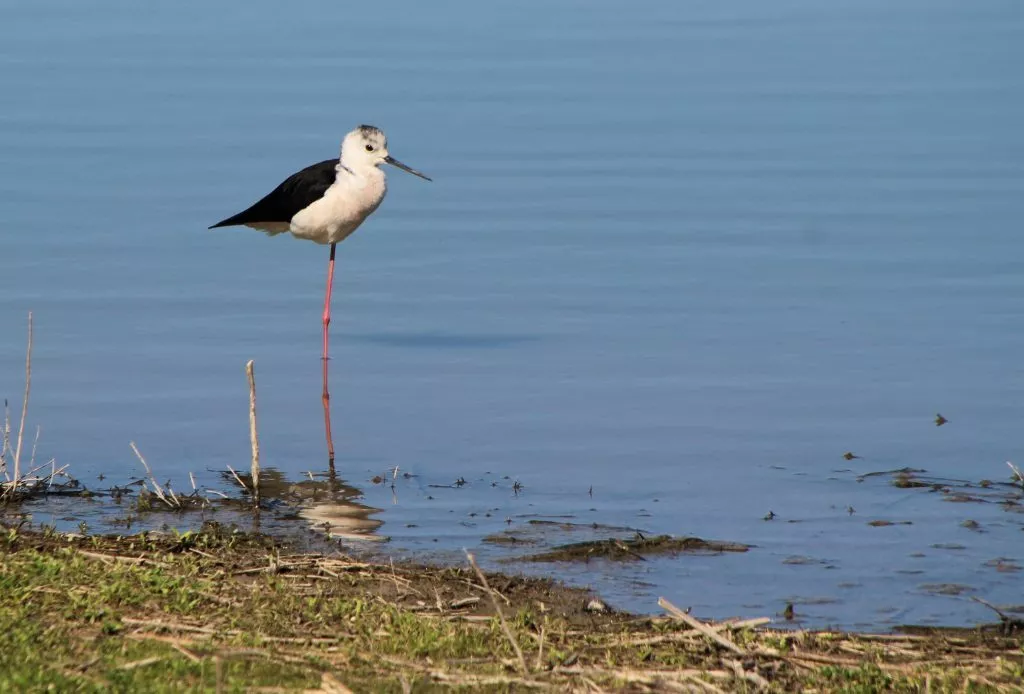
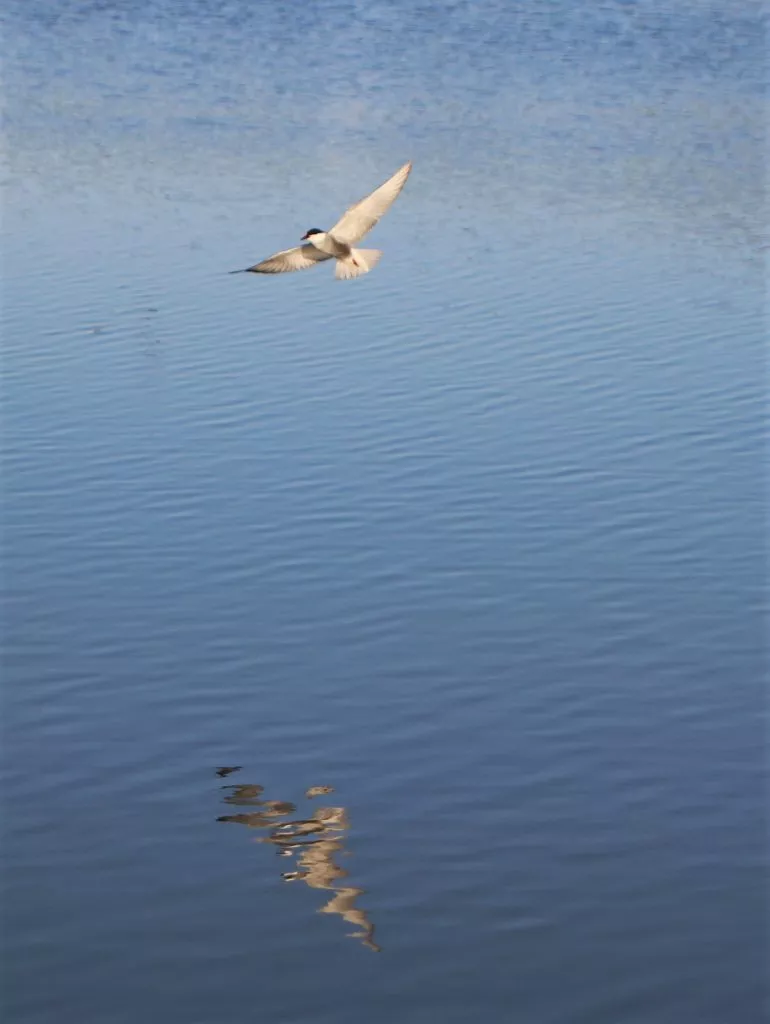
Then you can take the Las Albinas path, which will take you to the Mirador de la Vicaría in about 45 minutes.
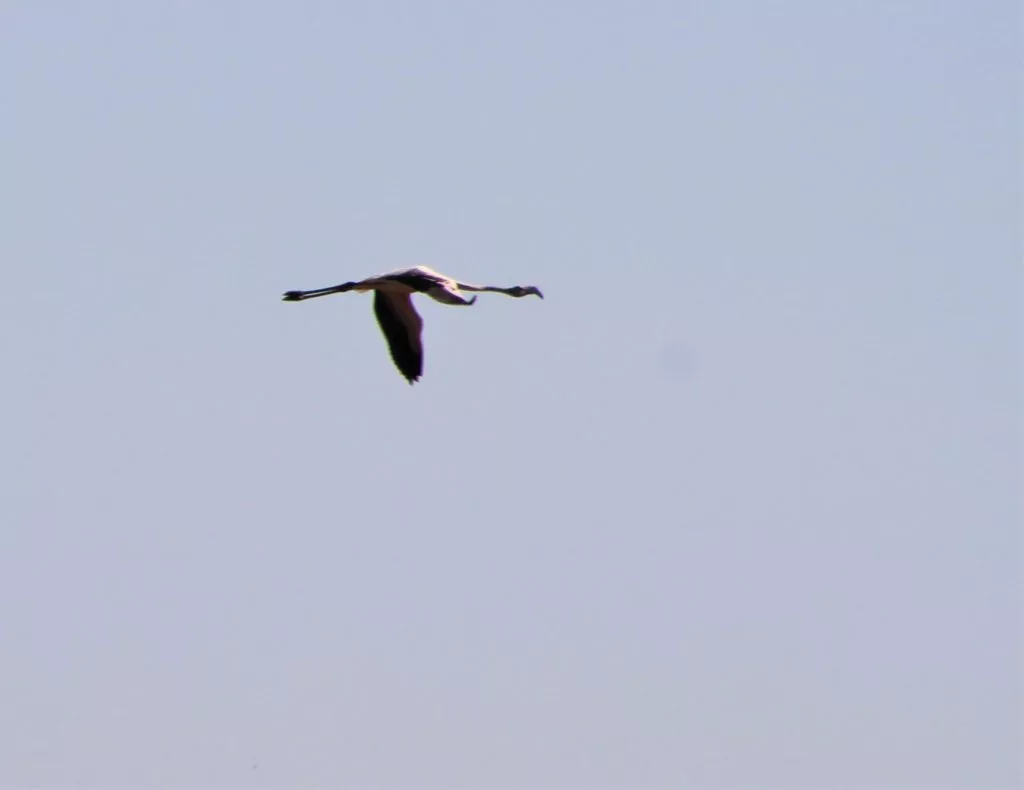
Location of Fuente de Piedra
And if you’re passing through Fuente de Piedra in early September, you’ll have the chance to attend the Feria :
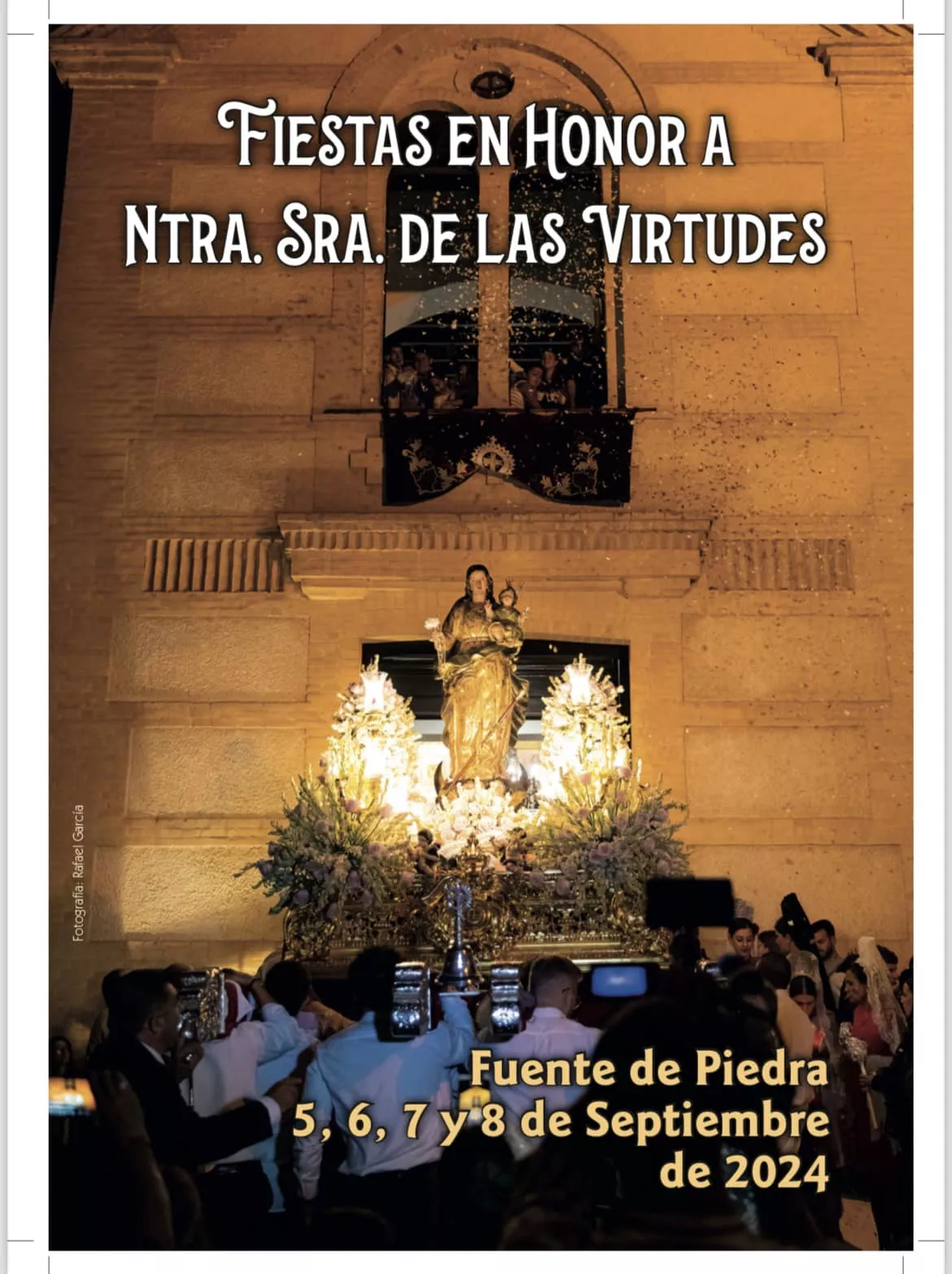
Where to sleep close to the marsh of Fuente de Piedra, in Antequera
What to see around Fuente de Piedra?
Fuente de Piedra is located about 20 km from the beautiful town of Antequera.
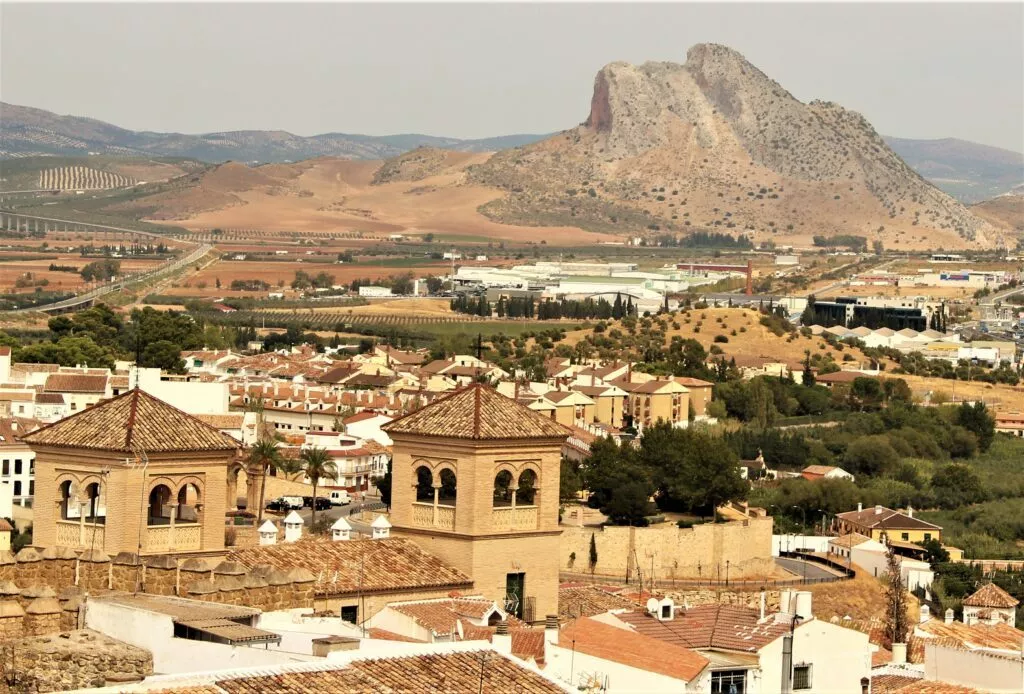
Antequera is known as the geographical centre of Andalucia and is nicknamed the “convent city” with its 33 churches.
For nature lovers, there is of course the El Torcal Natural Park , the Pena de los Enamorados and dolmens just next door, also 20km away. These were declared World Heritage Sites by UNESCO in 2016.
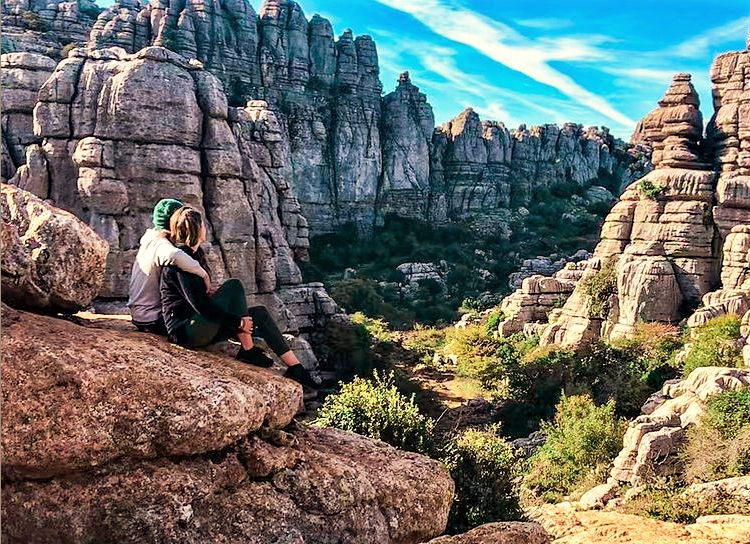
Some useful links (car rental, other ideas for visits)
Easy and economical bookings
If you are in Andalucia as part of a tour with several major cities to visit, here are some links that may be of interest:
Seville
Seville, the capital of Andalucia, is a city full of treasures to discover and monuments to visit.
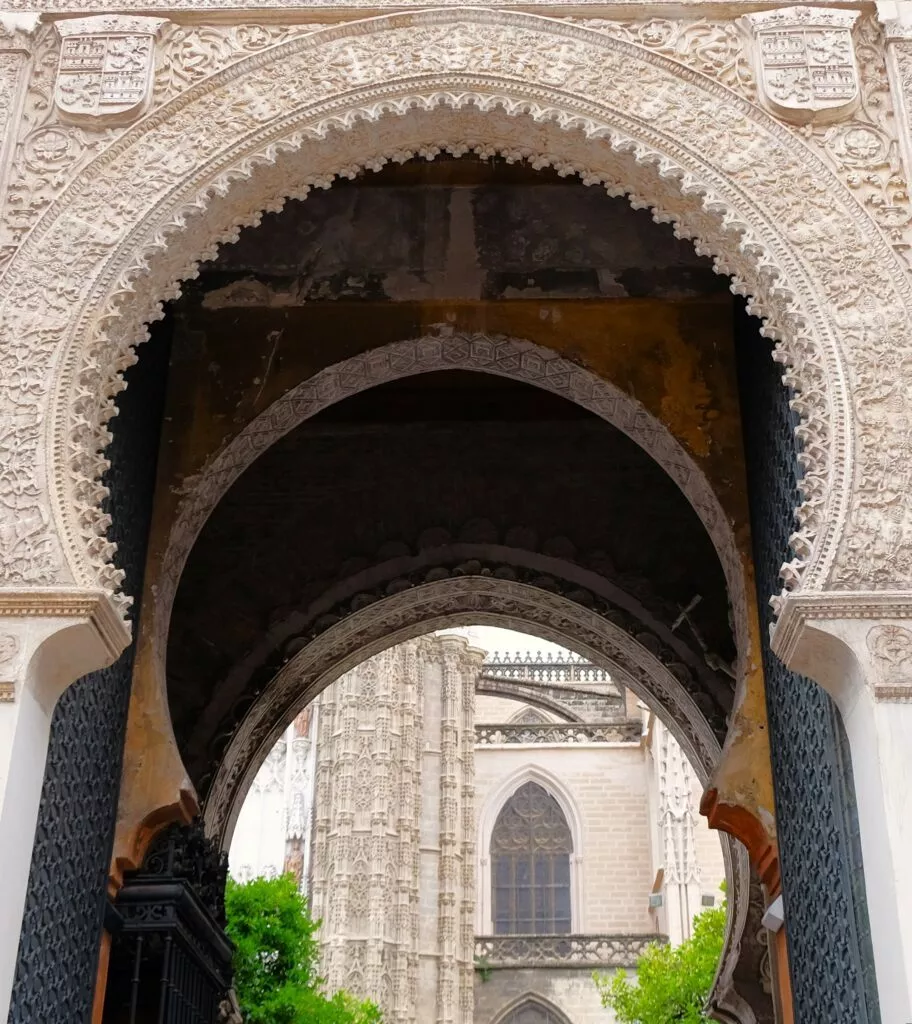
Here you will find everything you can see in Seville in 3 days. And for those who will stay longer you will also find information on secret Seville and the Santa Cruz and Triana districts.
Cadiz
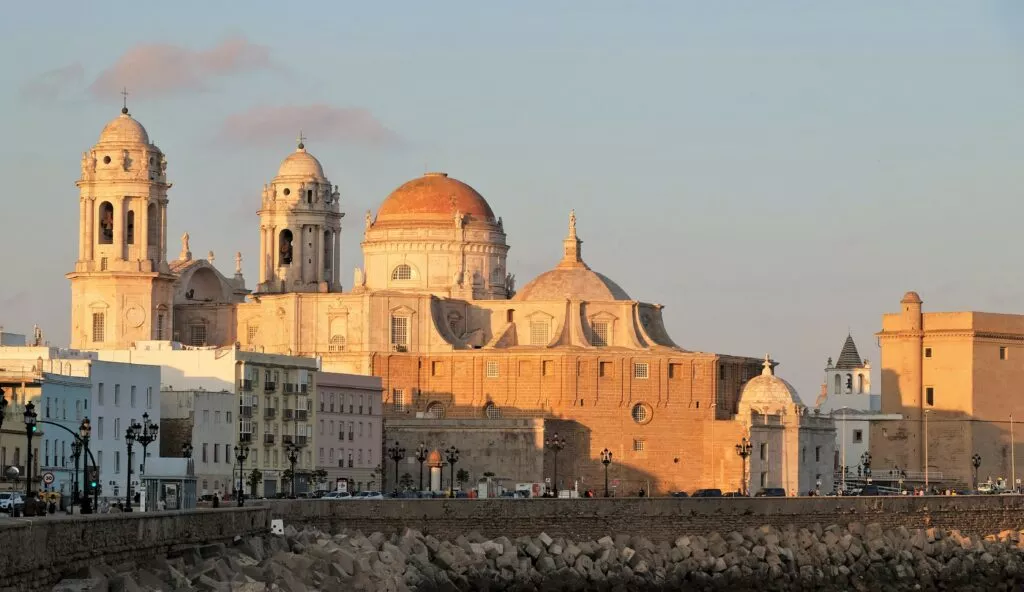
Visit Cadiz, a city with an incredible past and great beauty, on the Costa del la Luz.
Malaga
When you reach the Costa del Sol you will find in this link all must-sees in Malaga :

Granada
Discover what to see in Granada, and visit the Albaicin and Sacromonte districts:
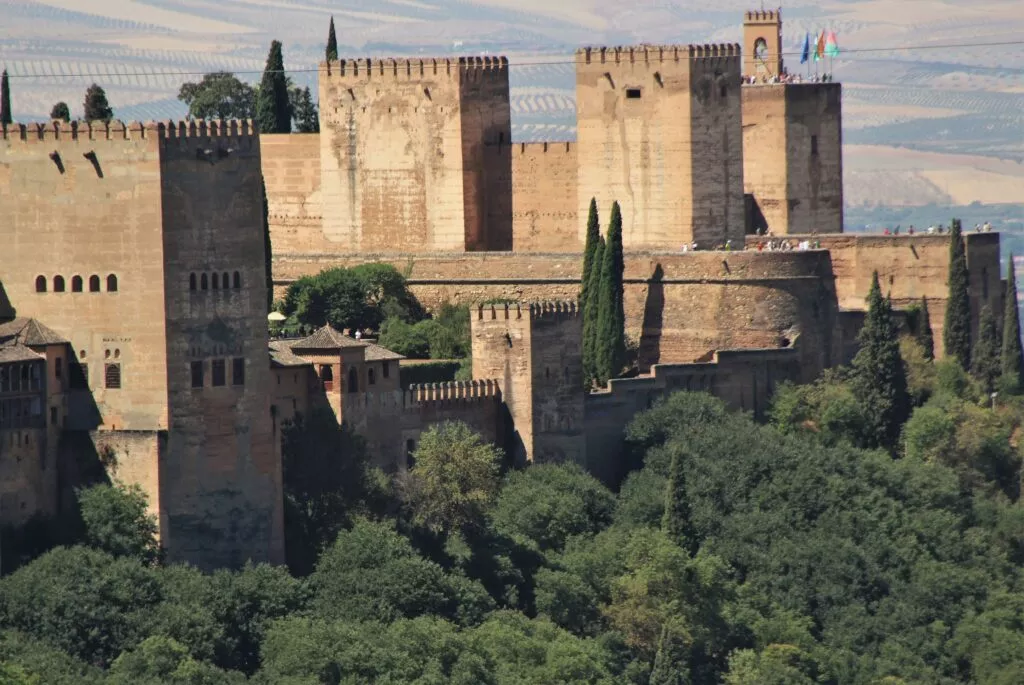
Cordoba
And of course, visit Cordoba, the caliphate city, and the Juderia district
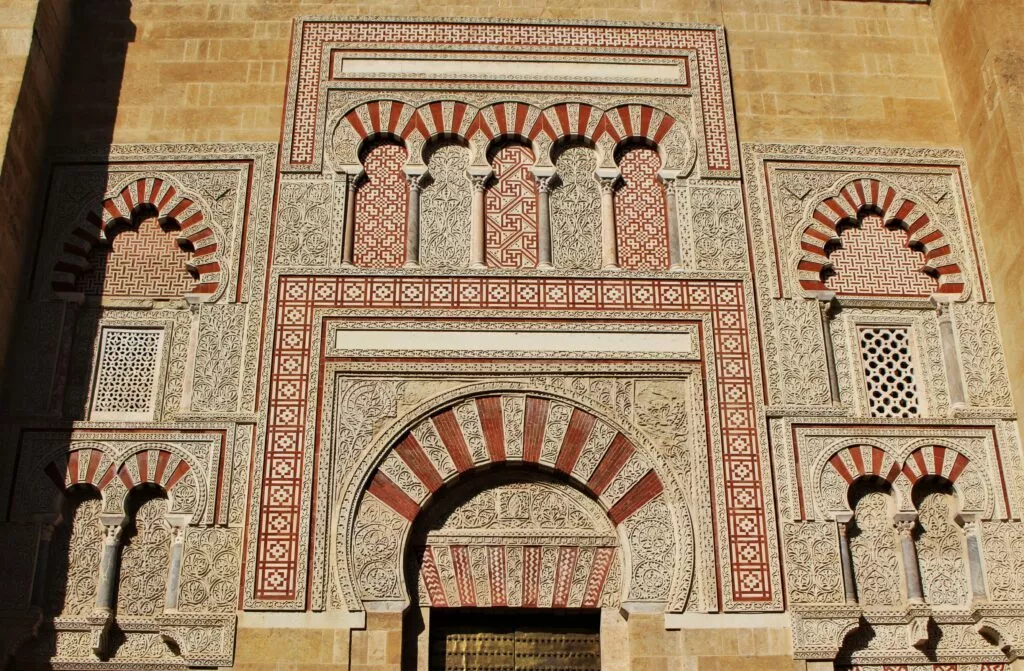
Discover other beautiful places in Andalusia in the Andalusia blog pages.
Here is the link to receive our newsletter from the andaluciamia.com blog
The latest articles on Andalucia
-
Interactive map of Andalucia with best places to see
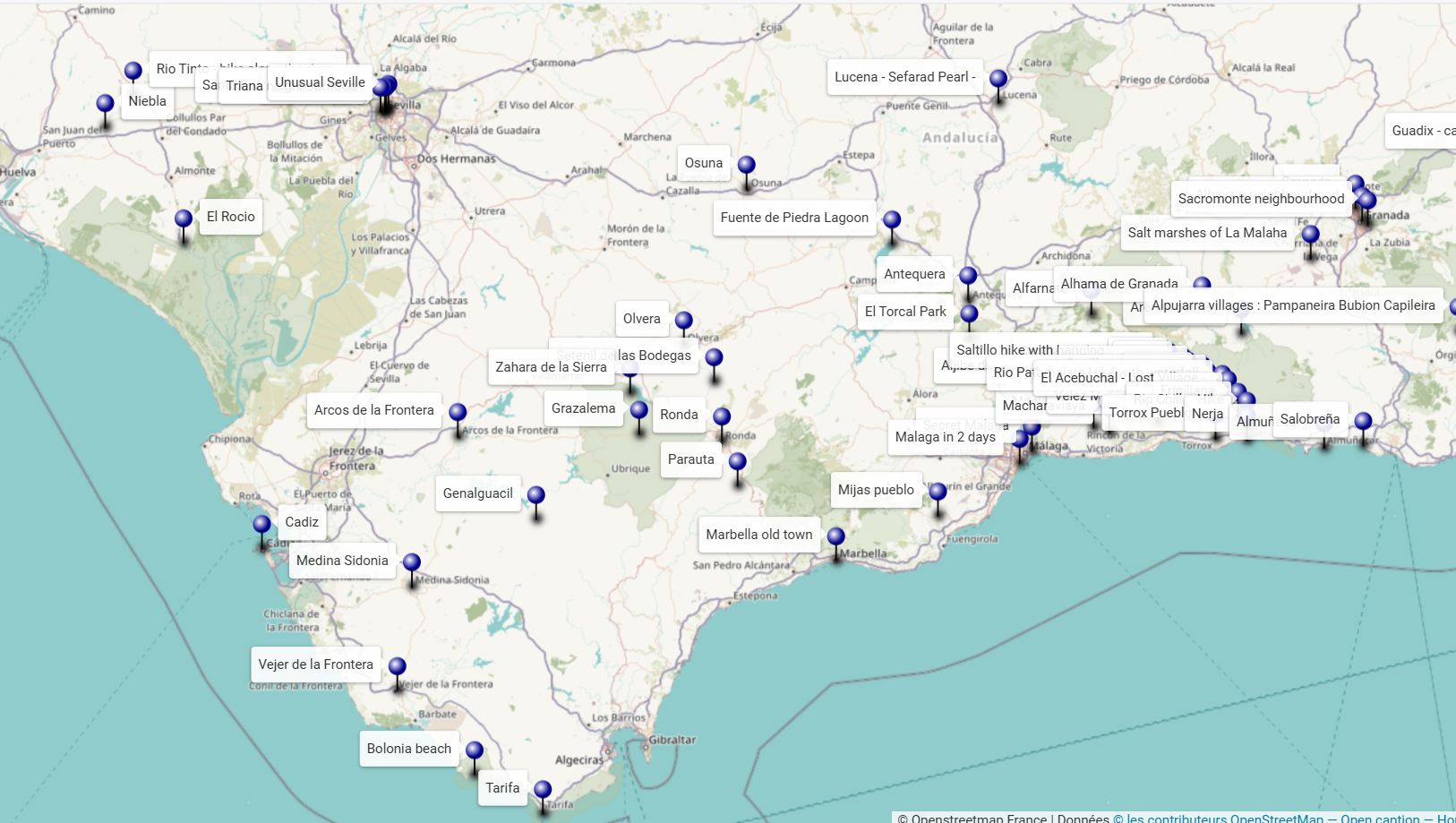
An interactive map of Andalucia to discover the sites to see around your holiday destination or to prepare a tour or road-trip.
-
10 best things to see in Jaen
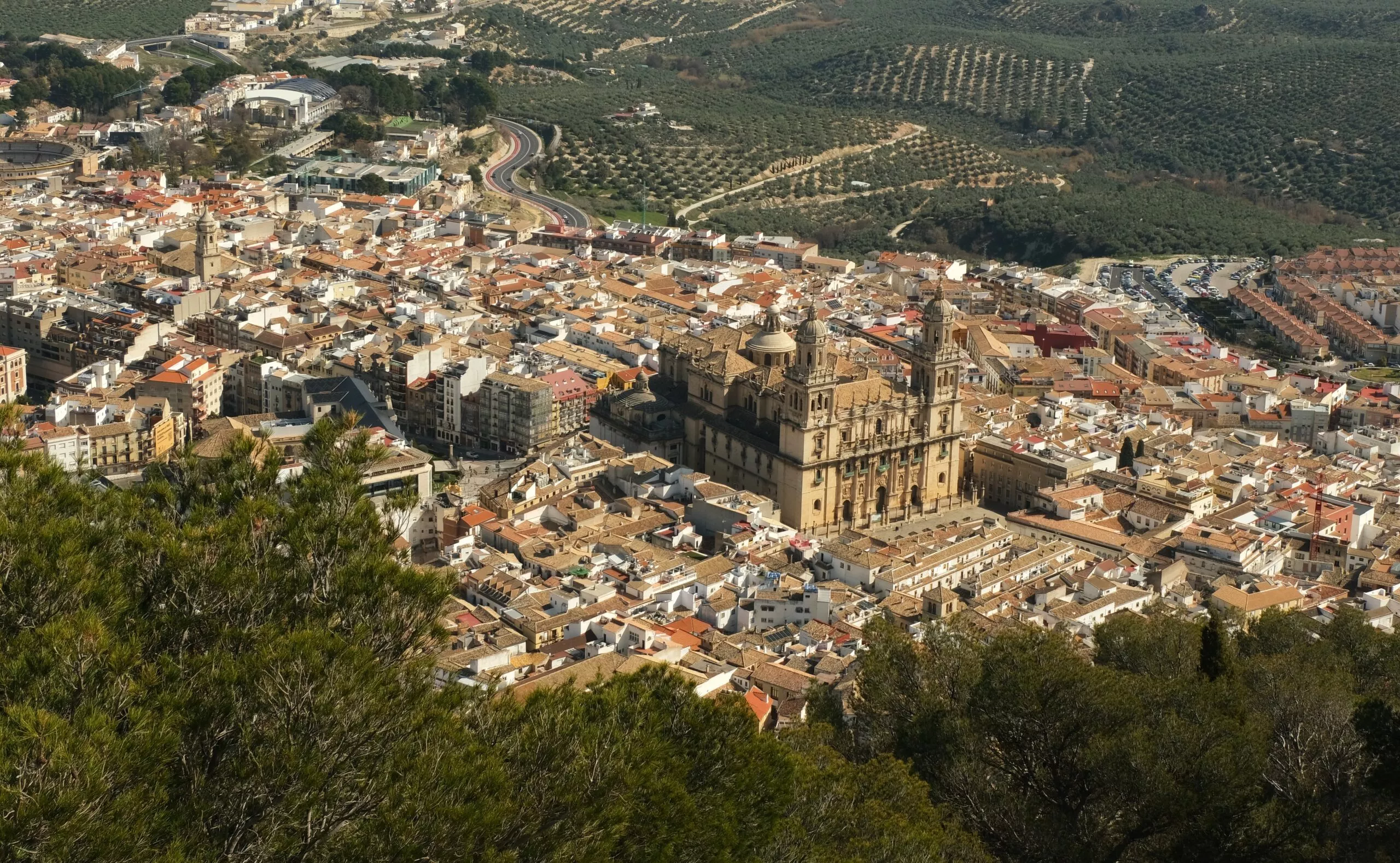
The essential things to see and do in Jaen, Andalucia. Jaen, the world capital of olive oil, has a few treasures to discover.
-
Rum in Andalucia and…sugar cane
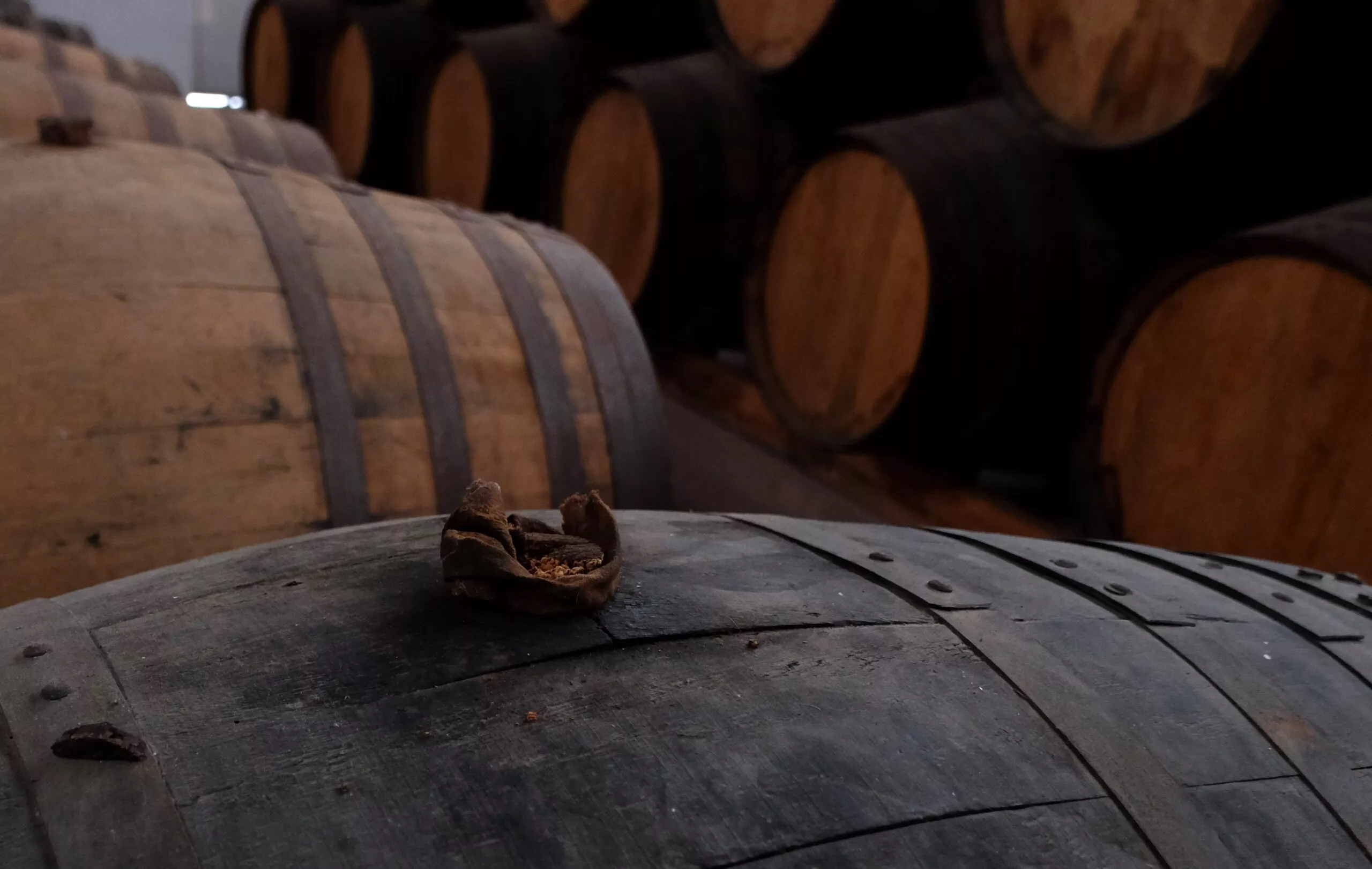
Let’s discover a rum producer and sugar cane grower in Andalucia. He’s probably the only one to produce 100% local rum!
-
Teba’s Douglas Days to celebrate the Andalusian Braveheart
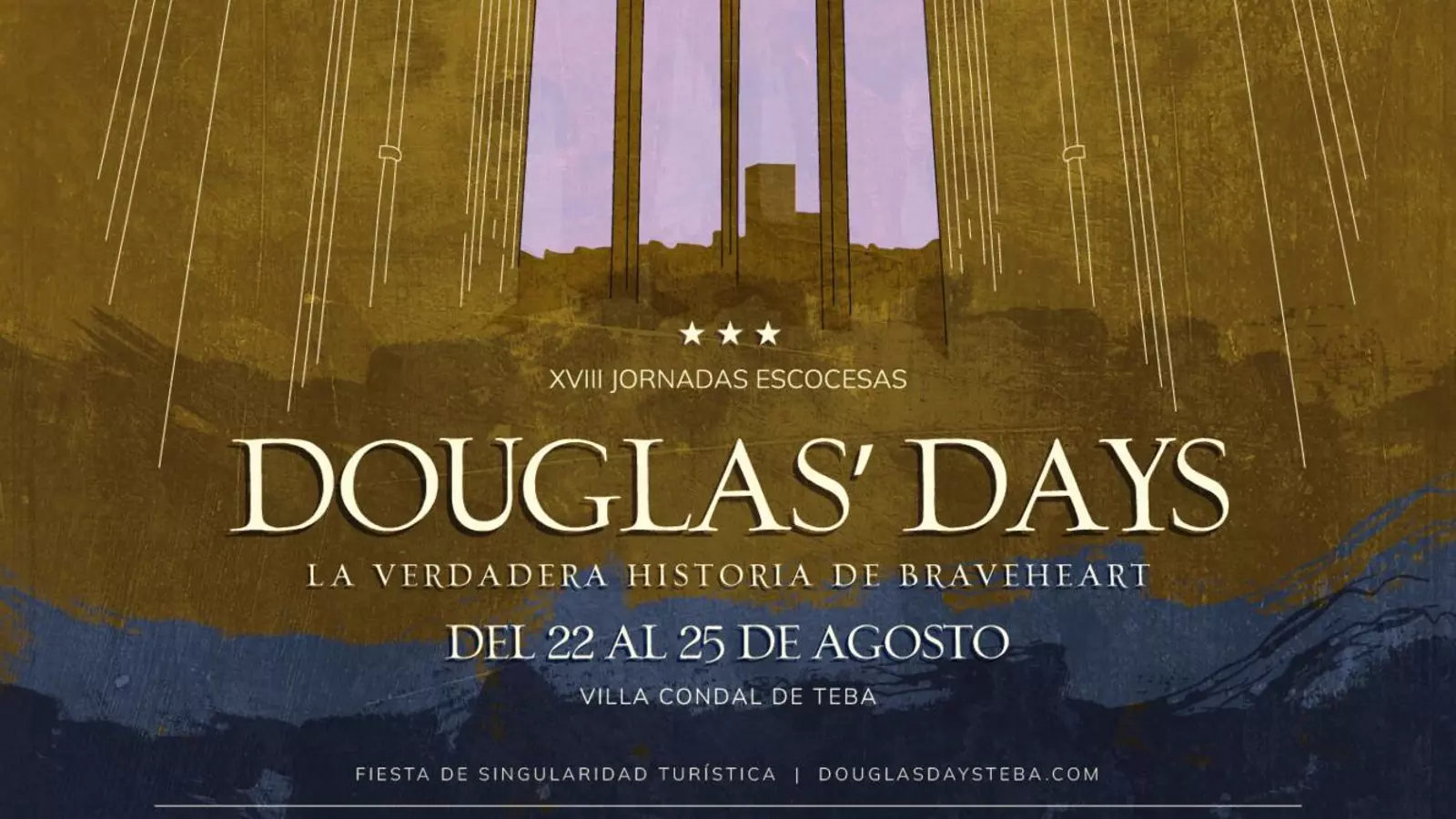
An incredible and unusual festival in Andalucia: the Scottish Days in Teba, near Malaga. It takes place in August.
